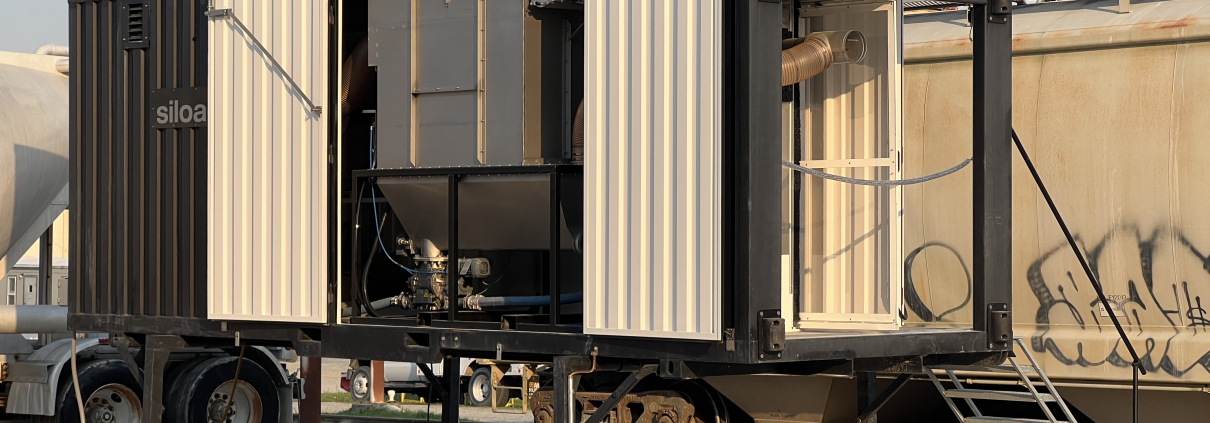4 Ideas To Save Costs in Bulk Material Container Shipments
Capex investments are difficult to justify in current market conditions for chemical companies and other raw material manufacturers or importers. You might have a great idea that will improve the processes in your company, but you already know that your boss will not grant you the funds necessary. What would your boss say if you present him a solution to save costs in already existing supply chain processes instead of generating new investment expenses?
Here are 4 ideas how you can cut costs in your day-to-day bulk material supply chain operations:
1. Making the most of a container’s payload:
– Optimize the space occupied by material inside a shipping container. Usually containers loaded with FIBCs (or Big Bags) are only 90% full at most.
– Bulk materials with a light density (below 0.7) will not reach the weight limit per container when loaded with FIBCs.
– Modern loading methods with a linerbag let you use 100% of the available space inside a shipping container.
– Getting more material into each container means that you need to ship less containers in the end, saving you handling and shipping costs.
2. Reduce costs for material packaging:
– One 20’ container is loaded with 20-28 FIBCs depending on the bulk material and FIBC measurements. Each FIBC weighs 1.5kg on average, leading to 36kg of packaging material for 24 FIBCs in one container.
– One linerbag for a 20’ container weighs about 16kg, saving more than 50% packaging material.
– Savings can be generated when only one linerbag is needed per container instead of 24 Big Bags.
3. Reduce necessary handling per container:
– Not only will you be able to save money on the packaging itself, but handling all this packaging and the packaged material will become less costly as well.
– Instead of 24 movements with a forklift for each loading and unloading, the linerbag can be installed and dismounted by one person in a matter of minutes.
– Also keep in mind the handling required for each FIBC inside the production facilities.
4. Automate your container loading and unloading processes with rental equipment:
– Our fourth idea is connected to the former one. Automating your processes for container loading and discharging can allow you to reduce the required manpower and handling steps per container.
– Bulk material loadings and discharges are continuous processes that should not require constant handling steps or even observation by your workforce.
– Many companies offer their equipment on a rental basis that allows you to automate existing processes without an initial large Capex investment.
Bonus Tip. Free engineering support from WWTec and Siloadmaxx:
– All the above-mentioned ideas can be accomplished with the right partner. WWTec and Siloadmaxx specialize in transforming existing supply chains to make them more economic. Working out a solution with them is free of charge and you will be able to present a cost-saving concept to your boss for approval.
– Not only will the Siloadmaxx equipment help you reduce costs. Their way of loading and unloading linerbags also reduces your carbon footprint. The whole process from loading to unloading is a closed system and will prevent any dust generation and material contamination.
– Using the linerbag instead of FIBCs does save about 50% of plastic packaging, improving your supply chain’s impact on the environment.
– All equipment from WWTec and Siloadmaxx can be made available for rent. This gives you the opportunity to avoid large Capex investments and make flexible optimizations on your supply chain.
Contact WWTec today to find out how they can support you with your existing or new supply chains.
This article has also been published in Powder & Bulk Solids


